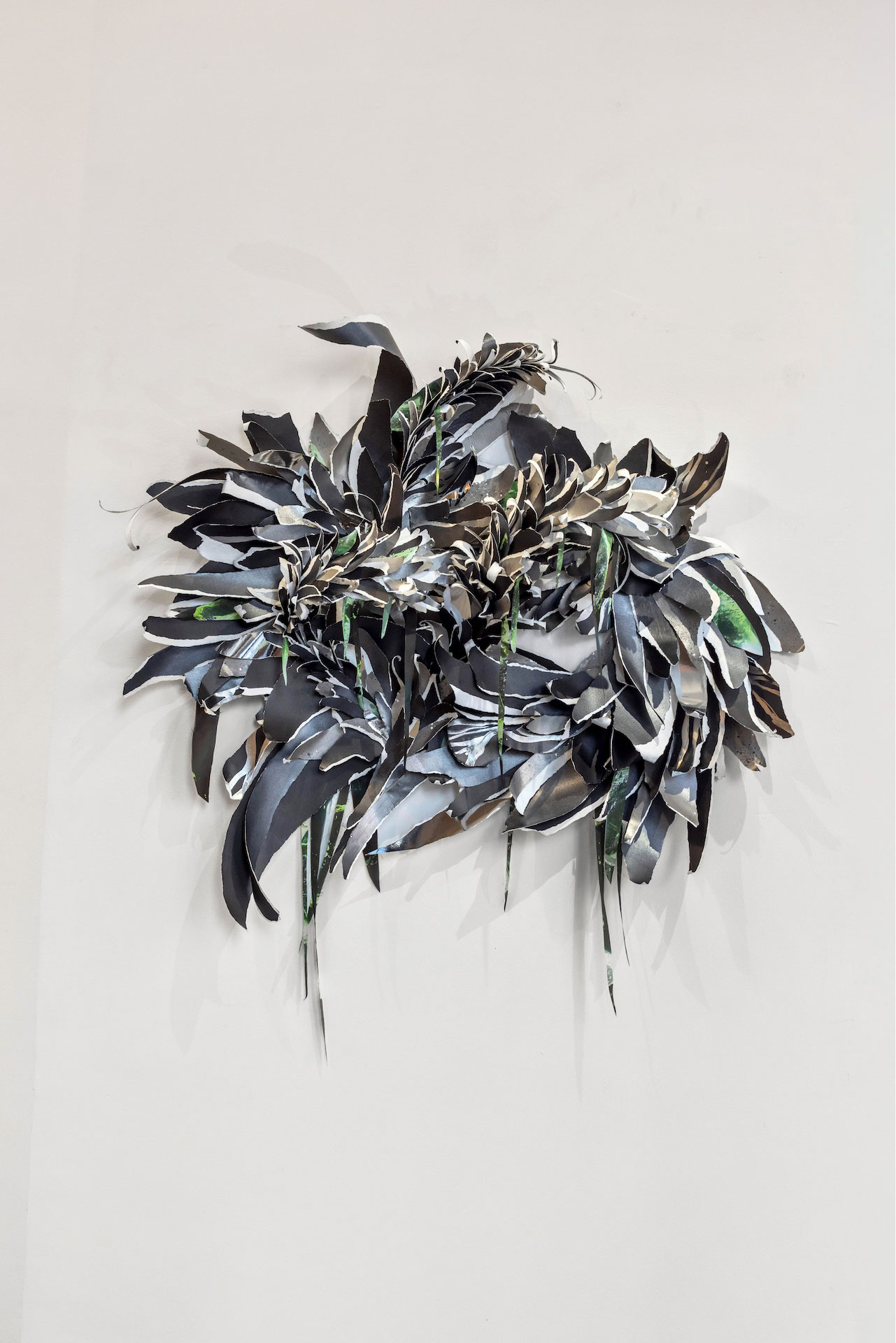
.jpg)
Hybridity in art to me is a formal and conceptual rejection of orthodoxies and established hierarchies that would otherwise contain or delimit what is “allowed” in one medium, versus another.
.png)
The goal of this work was to interpret the myth as if no other modern visuals contaminated my mind, including paintings, Hollywood movies, and so on. We share a common humanity, and Ethiopia is deeply connected to many of the world’s greatest stories.

Digital art should be accessible to everyone, yet the technology creates digital scarcity, which is very important. We are simply replicating the systems of the physical world.

By drifting as a jellyfish, players move through sand, light, and atmosphere in a way that resists the rigidity of colonial monuments, sensing history without ever fixing it in place.

Materially, the iterative nature of my work allows me to transform my drawings into digital objects which become key subjects in my experiential (expanded) films.
Nancy Baker Cahill is a New York-based new media artist known for her work with augmented reality (AR), virtual reality (VR), and blockchain technology. Her interdisciplinary practice explores themes of power, consciousness, and the environment through research-based and immersive experiences. Baker Cahill creates immersive experiences, video installations, sculptures, and conceptual projects that engage the human sensorium and are rooted in drawing. Since 2018, she has been the Founder and Artistic Director of 4th Wall, a free, AR public art platform exploring resistance and inclusive creative expression.
Simon Fernandes is an artist from Fortaleza, Brazil who is currently based in Los Angeles. His practice explores how surfaces record time, reveal layers of presence, and suggest absence. With a process attuned to materiality and transformation, his work engages with memory, displacement, and permanence, giving form to images that exist on the threshold between the visible and the latent.
Yatreda is a family-based Ethiopian art collective, led by its creative director Kiya Tadele. Using digital art and blockchain technology, they create work in the style of tizita—an Amharic term for nostalgia and longing for the past. The collective focuses on preserving and celebrating Ethiopian legends, culture, and history. In a fusion of tradition and innovation, Yatreda mints their artwork on the blockchain, employing a 21st-century approach to preserving history. This peer-to-peer, shared online record of transactions enables them to immortalize African legends, folk dances, and endangered cultural styles for eternity, reflecting their mission to rediscover Africa’s original self once again.
Emann Odufu is an independent art and culture critic, filmmaker, and curator from Newark, New Jersey. His creative practice, spanning filmmaking and curatorial projects, explores Afrofuturism within Black cinema and beyond. As a curator, he has organized exhibitions at the National Arts Club, MoCA Connecticut, Leila Heller Gallery, the Liu Shiming Art Foundation, and Friedrichs Pontone, New York.
“Places & Spaces” ran from September 5 to 28, 2025 at Friedrichs Pontone, New York. The participating artists were Sarah-Mecca Abdourahman, William Buchina, Nancy Baker Cahill, Edgar Cano, William Corwin, Delano Dunn, Simon Fernandes, Ivan Forde, Tomokazu Matsuyama, Suchitra Mattai, Maliyamungu Muhande, Chelsea Odufu, Dennis Osadebe, Umar Rashid, Laurie Simmons, Pap Souleye, Sergio Suarez, Kiyomi Quinn Taylor, Chester Toye, and Yatreda.

